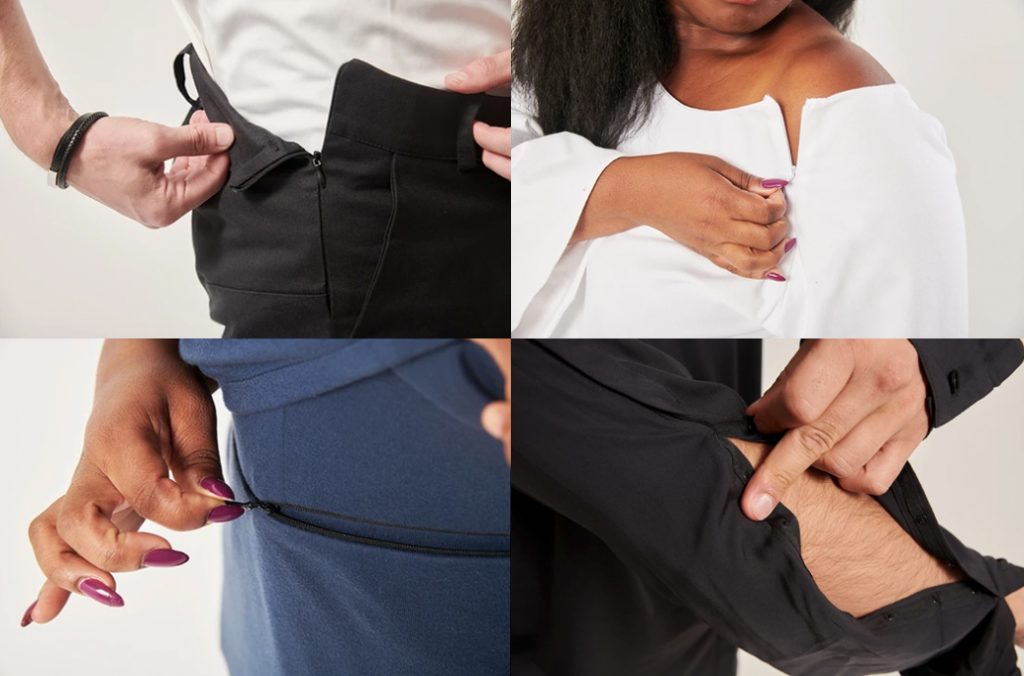For decades, the uniform industry focused on durability, compliance, and brand image. Inclusivity was not a topic of discussion. That has changed with expanded size scales, adaptive uniforms, and thoughtful design standards that reshape how we define professional wear for today’s diverse workforce.
Historically, most uniform programs offered a limited size range, typically Small through 3XL, often designed around a “standard” fit block. The result? Garments that looked great on some but restricted others, particularly women, plus-size wearers, or those with petite or tall proportions.
Today, brands are taking a far more technical approach to fit. Instead of scaling up or down from a single base size, modern patternmaking involves grading across multiple fit blocks, ensuring that proportions, seam placements, and mobility zones evolve with the body. This is especially important in workwear, where movement efficiency matters just as much as appearance.
Wear trials and 3D fit testing are critical for creating size scales that work across genders, shapes, and height categories. The goal is not just inclusive for optics, it is a performance-driven design that ensures the same mobility and confidence for a size 2 as for a size 22.
I love seeing the rise of adaptive uniforms, designed for workers with disabilities, sensory sensitivities, or mobility limitations. Adaptive apparel has long existed in consumer fashion, but uniform manufacturers are now embracing it through engineering, not modification.
Magnetic or Velcro closures replace traditional buttons for easier dressing. Pull-on pants and side-zip options provide access for prosthetics or medical devices. Tagless labels reduce irritation for neurodiverse wearers. Even footwear programs are being updated to include orthotic-compatible and slip-resistant adaptive options.
These should not be considered specialty items; they are essential tools for creating equitable workplaces. A restaurant host in a wheelchair or a healthcare professional with limited dexterity deserves the same cohesive, professional appearance as their peers. Adaptive design ensures they can achieve that without compromise.
True inclusivity does not stop at the pattern table. It extends into marketing, sampling, and program rollout. Forward-thinking brands are highlighting real employees of all sizes and abilities in their catalogs and e-commerce imagery.
Fit parity ensuring every size and adaptive style maintains the same aesthetic and performance has become a new industry benchmark. This often requires cross-functional collaboration between technical design, product development, and sourcing to manage pattern libraries, grading rules, and size validations across factories.
Companies adopting this mindset find that inclusivity also enhances retention and morale. When employees feel comfortable and represented, they wear the uniform with greater pride, and the brand image strengthens as a result.
Uniforms are a visual language of belonging. In an era where workplaces should celebrate diversity more openly, design must keep pace. Expanded size scales, adaptive construction, and inclusive representation are not just trends, they are the next chapter in how we define professionalism and respect.




















